The most incredible historic images of surfing in the USA
The art of wave-riding
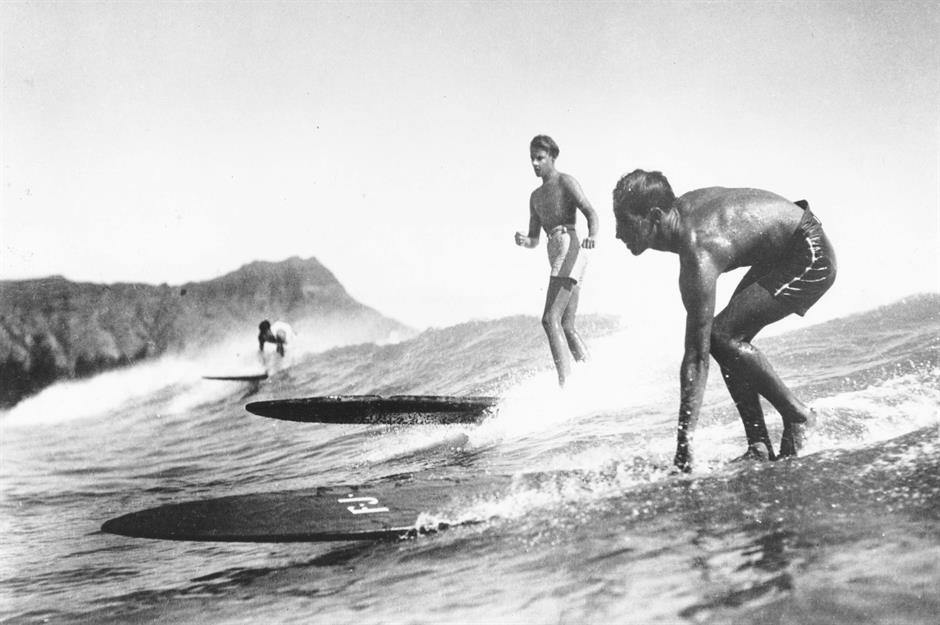
Surfing has mesmerised humans for centuries, from its early days as a pastime practised by Hawaiian royalty to its inaugural inclusion at the Tokyo Olympic Games held in 2021. The sport has steadily grown in popularity, morphing into the multi-billion-dollar industry we see today. Here, we’ve curated a selection of iconic images that will give you a glimpse into the fascinating history of surfing.
1769: Captain Cook's men witness surfing in Tahiti
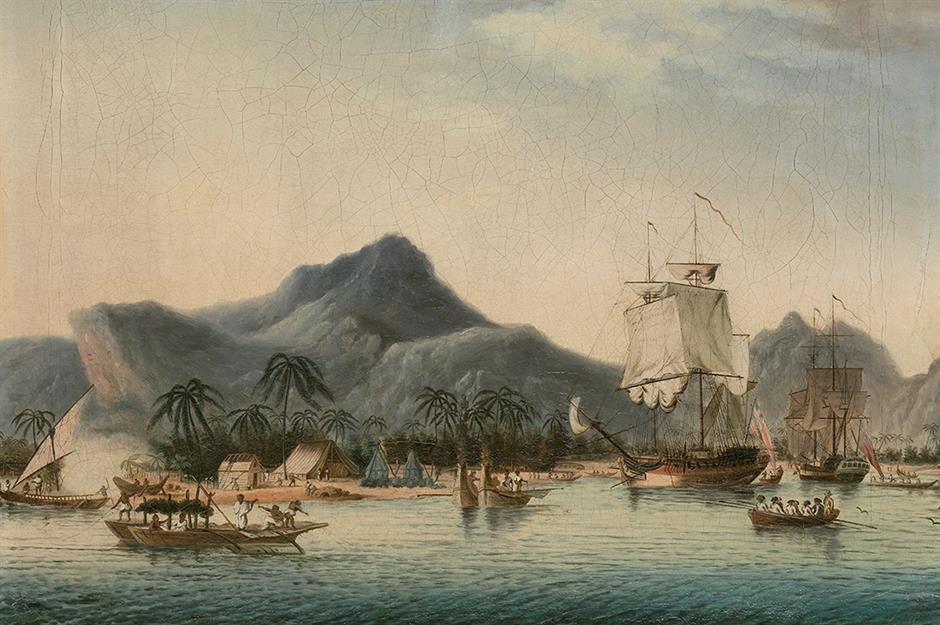
While humans worldwide have been riding waves for millennia, the first recorded mention of surf riding was in Joseph Banks’ journal onboard Captain Cook’s ship, HMS Endeavour, when it anchored in Tahiti in 1769. Ten years later, surfing was referenced again by Lieutenant James King on HMS Resolution (pictured), who watched Indigenous Hawaiians ride waves on “long narrow board[s], rounded at the ends” in Kealakekua Bay.
1877: Men and women surf together in Hawaii
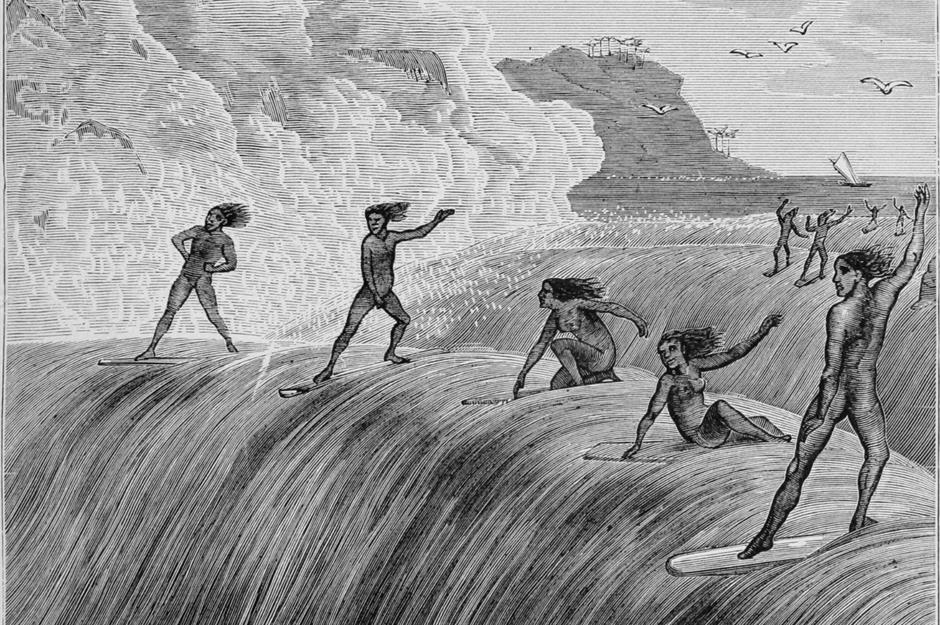
1885: Surfing reaches mainland USA
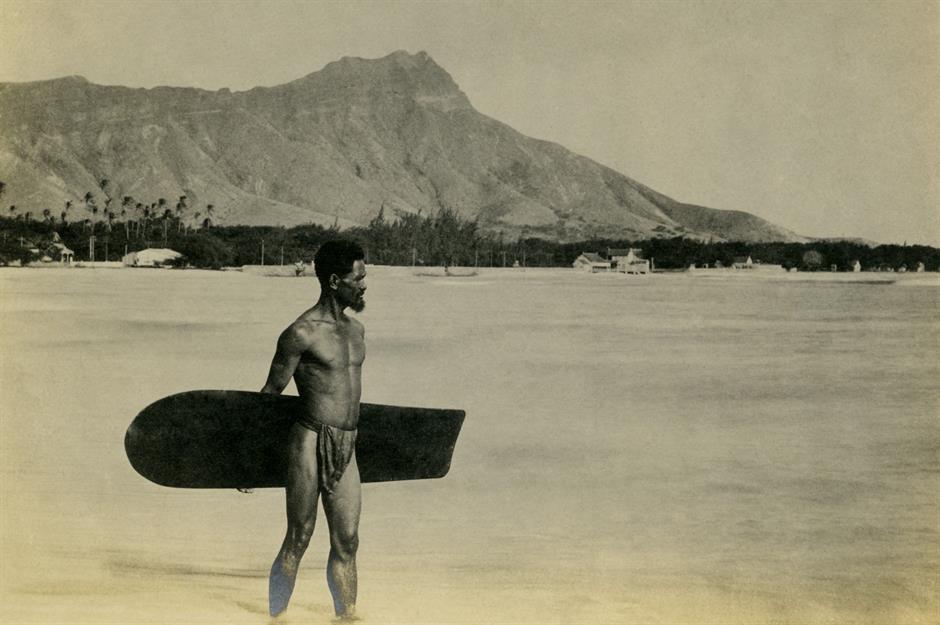
In 1885, surfing was brought to mainland USA for the first time by three Hawaiian princes – David Kawananakoa, Edward Keli’iahonui and Jonah Kuhio Kalaniana’ole. With wooden boards carved from redwood trees, they rode the San Lorenzo River mouth in Santa Cruz, California. Hawaiians mostly surfed alaia boards (pictured) as their ancestors had done for thousands of years. These boards had no fins, relying on their sharp edges for steering.
1907: The “Hawaiian Wonder”
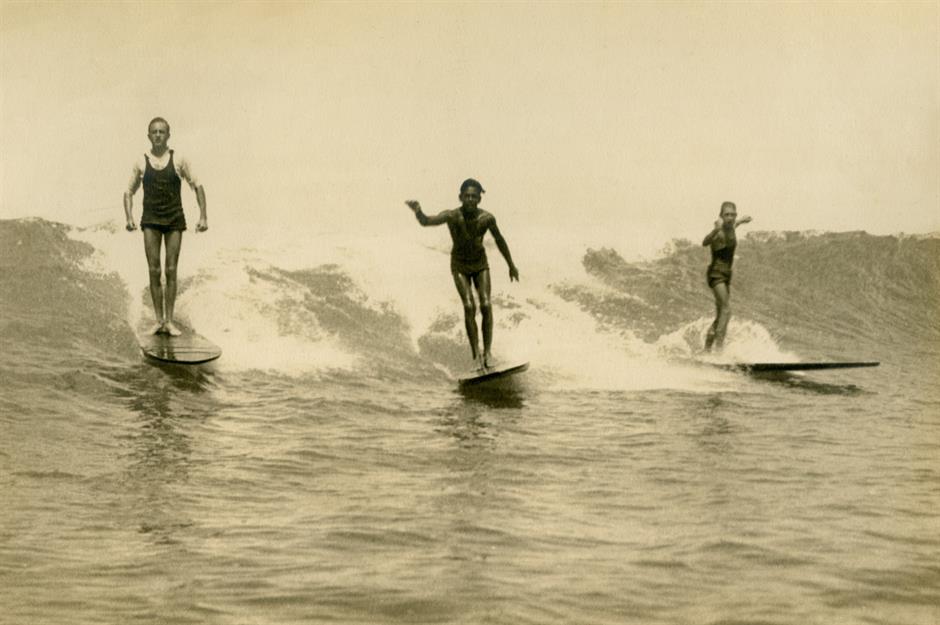
In the early 1900s, it became more common to see Caucasians surfing in Hawaii. Hawaiian-born lifeguard and swimming instructor George Freeth (pictured left) was spotted riding waves by industrialist Henry Huntington while he was on holiday. Huntington invited Freeth to surf at Redondo Beach in California as a public attraction, labelling him “the man who walked on water”. Freeth performed twice a day to crowds visiting the increasingly popular resort town.
1912: Duke Kahanamoku popularises the sport
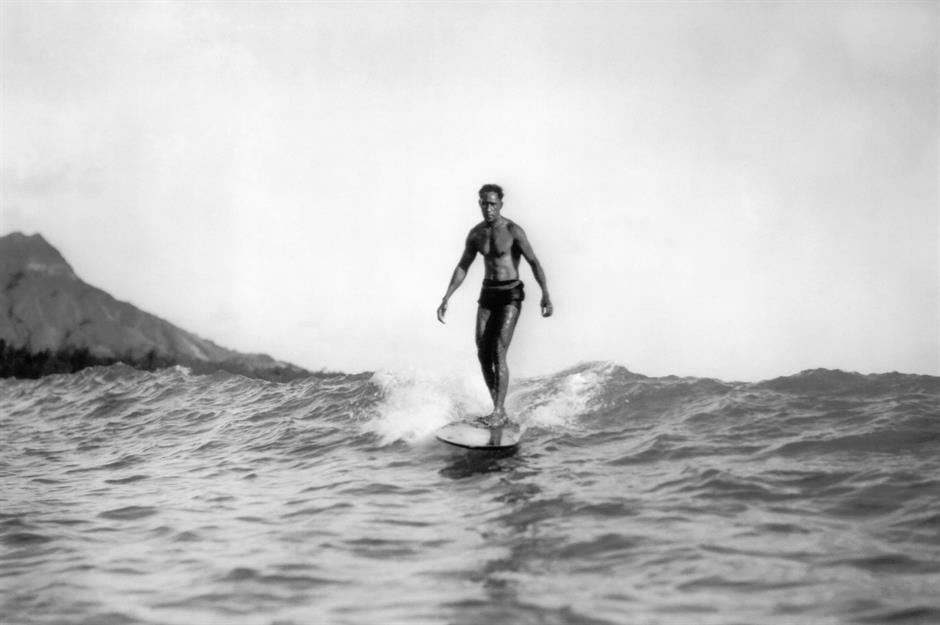
One man who was inspired by Freeth was Duke Kahanamoku. The champion waterman was renowned in Hawaii for his swimming prowess, which earned him a gold medal at the 1912 Stockholm Olympic Games. He became widely known as the father of modern surfing, popularising the sport during his swimming exhibitions across the globe. He rode a 16-foot (5m) solid redwood surfboard, styled on traditional olo Hawaiian boards.
1928: The first surfing competition
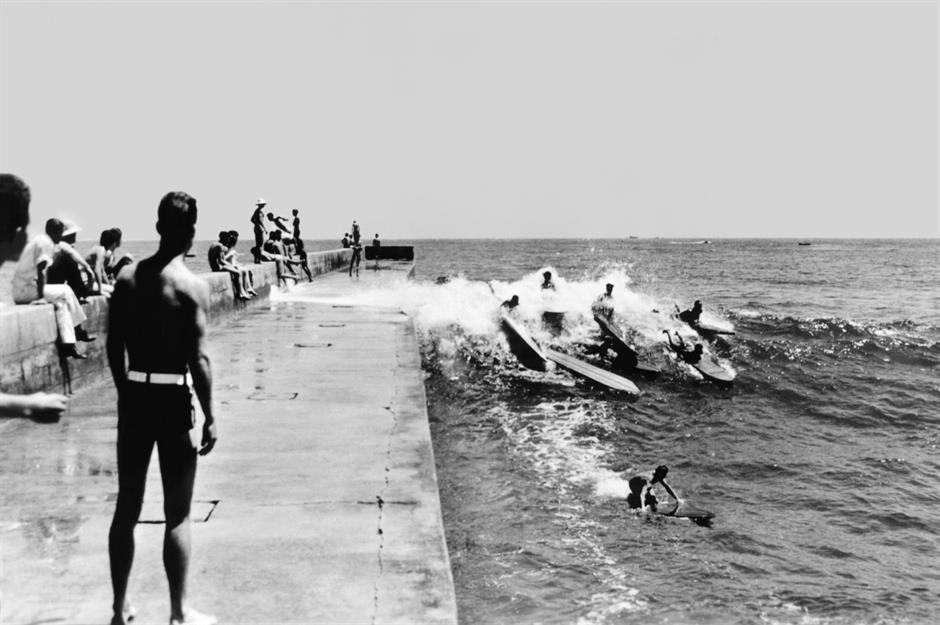
1928 was an important year as it marked the world’s first surfing competition, the Pacific Coast Surf Riding Championship, held during the summer at Corona del Mar, California (pictured). While Kahanamoku was the most accomplished surfer at the time, he was unable to attend the event, leaving room for Wisconsin-born Tom Blake to secure his first win, kickstarting his career as the next surfing icon.
Love this? Follow our Facebook page for more travel inspiration
1930: Mass-produced surfboards
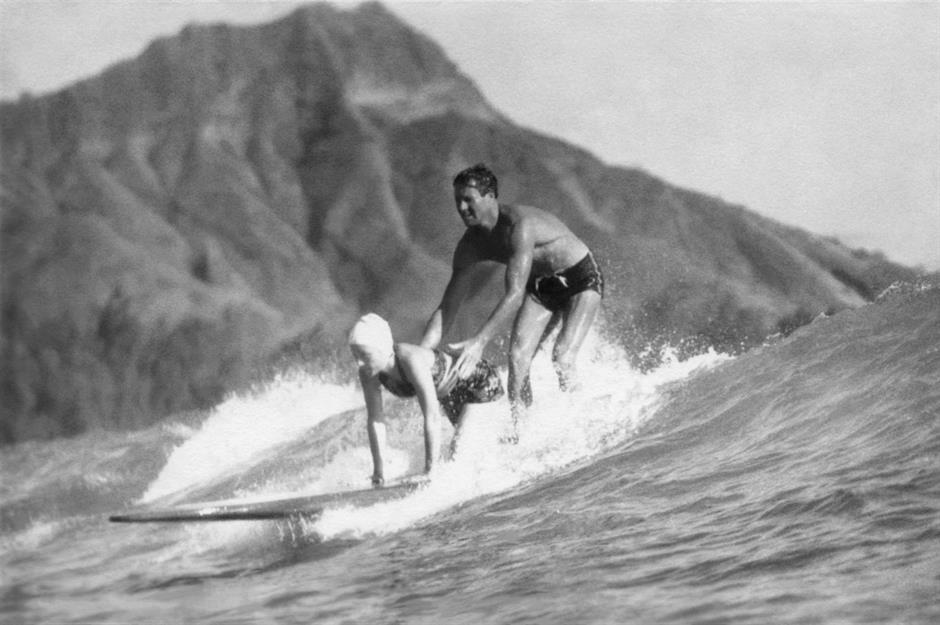
1935: The rise of surfboard waxing
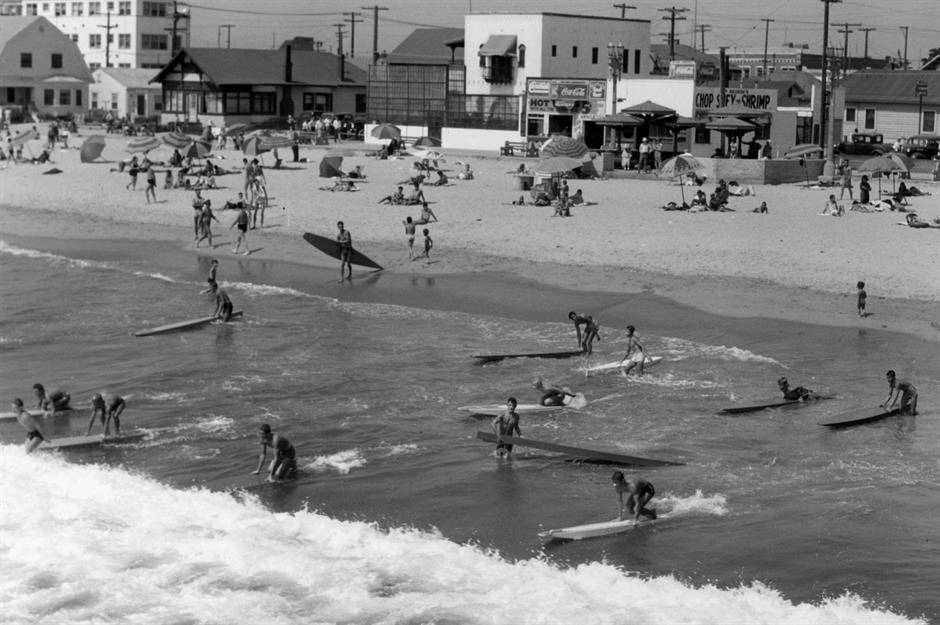
1951: The birth of the wetsuit
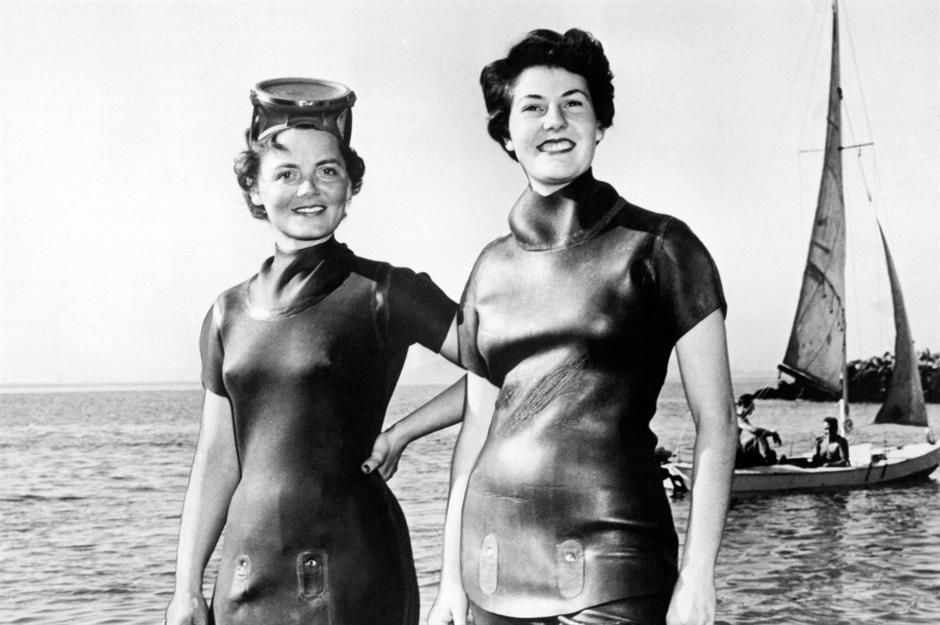
1952: O'Neill opens his surf shop
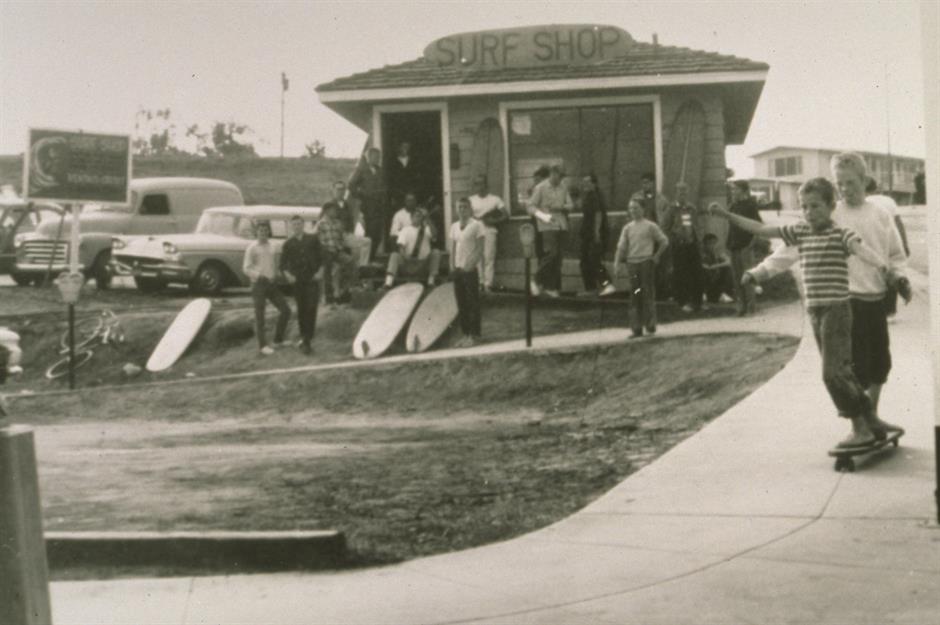
1954: Hobie Alter opens his surf store
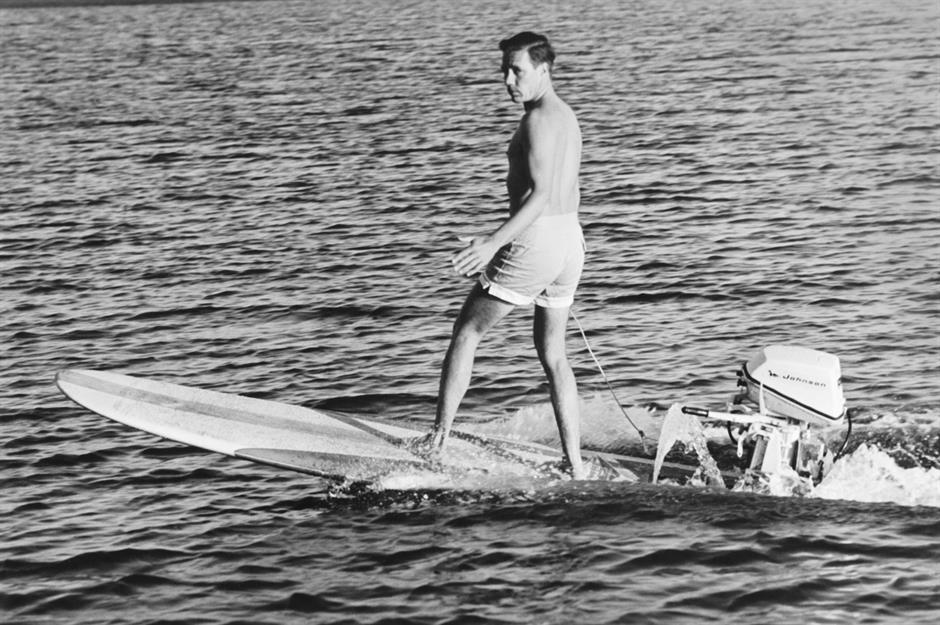
1956: Arrival of polyurethane foam boards
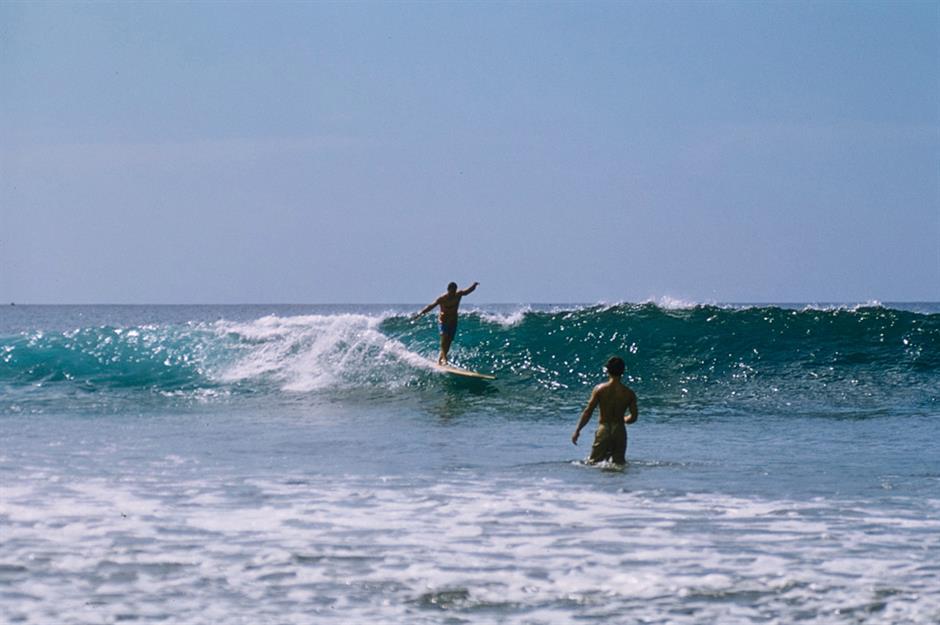
1959: Gidget hits the silver screen
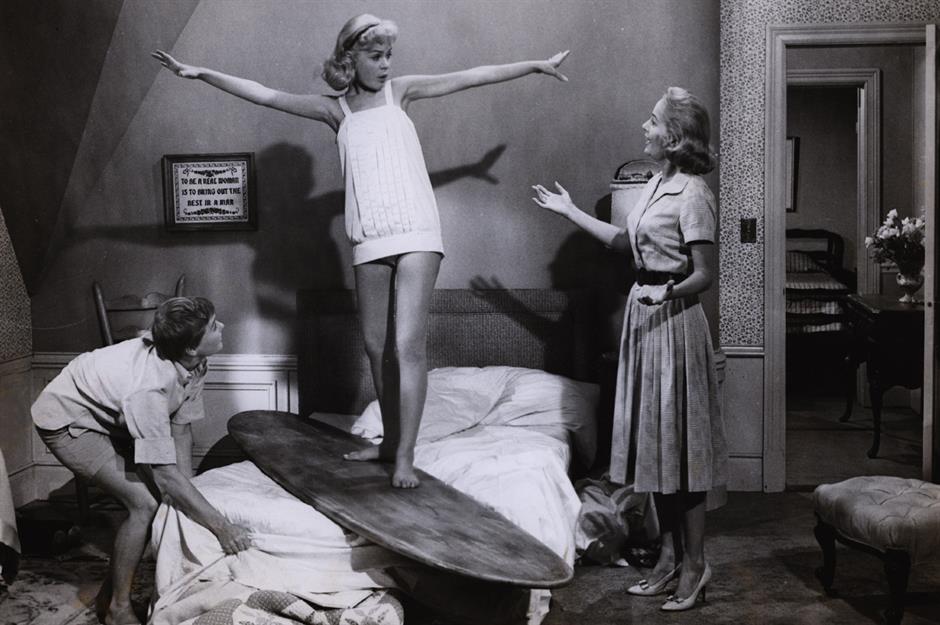
Kathy Kohner was just a regular girl, living in Malibu and surfing with her friends during the 1950s. After listening to tales of Kohner’s beach antics, her father Frederick wrote a novel based on his daughter's experiences, calling it Gidget. Three years later, it became a successful Hollywood movie, starring Sandra Dee (pictured). Gidget fuelled the already burgeoning surf scene across California and inspired more women to take up the sport.
1960s: Surf culture explodes
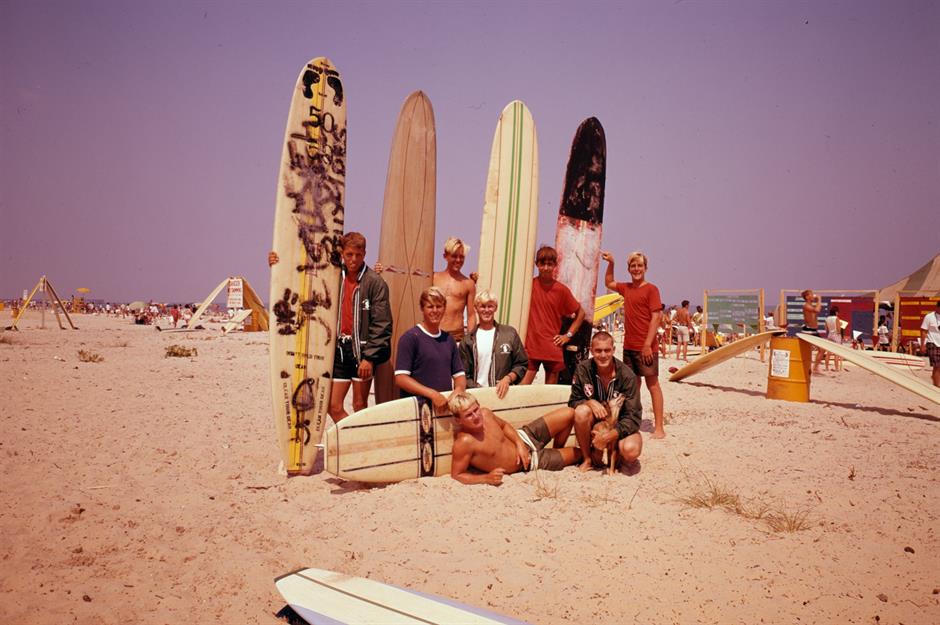
Gidget sparked the beginning of 1960s surf culture that swept the nation, with southern California as its epicentre. It embodied the idea of a carefree existence embraced by “beach bums” who quit their jobs in search of the perfect wave. This cultural shift came at a revolutionary time in US history when the youth-led hippie movement was emerging, alongside the women’s liberation movement.
1962: The Beach Boys have their first major hit
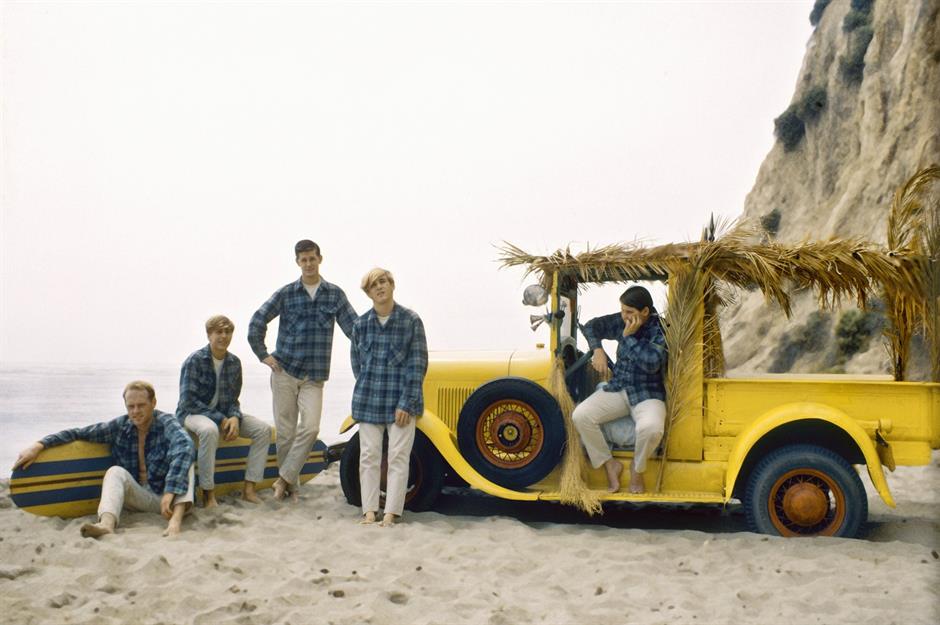
The rise of surf culture ushered in a new genre of music: surf pop. At the forefront were The Beach Boys. Despite their image as barefoot, tousle-haired beach bums, only one of the band members actually surfed. Nevertheless, the band proved a roaring success, releasing their major debut hit, Surfin’ Safari in 1962, followed by Surfin’ USA, which reached number three in the charts.
1966: The first full-length surf movie
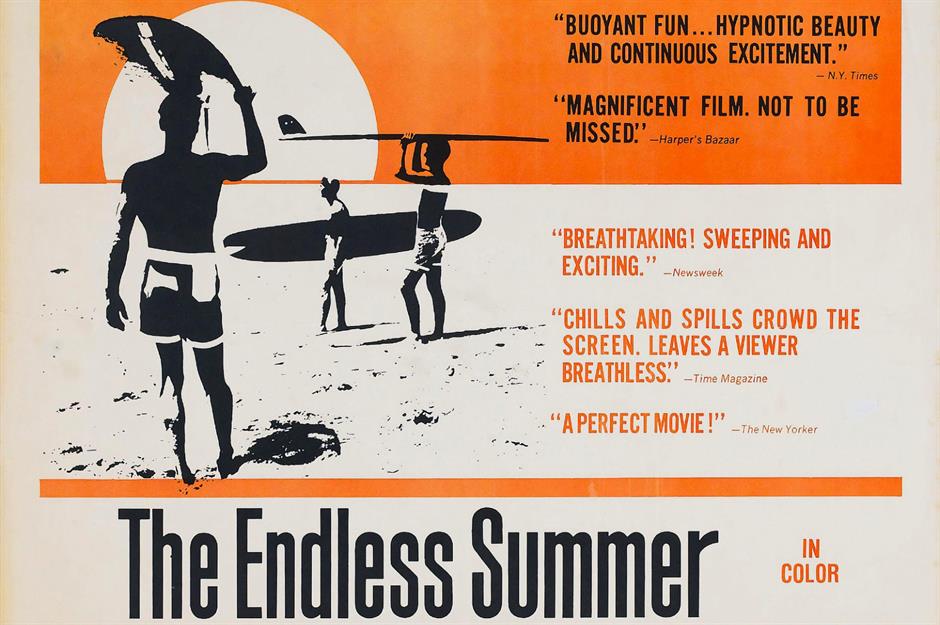
As surf music grew in popularity, so did surf movies. Avid filmmaker Bruce Brown released the first full-length surf movie in 1966, entitled The Endless Summer, which involved chasing the seasons around the world on the hunt for empty waves. Despite only securing a budget of $50,000, The Endless Summer grossed over $20 million worldwide and kickstarted a global obsession with watching surfing on the silver screen.
1967: Shortboard revolution
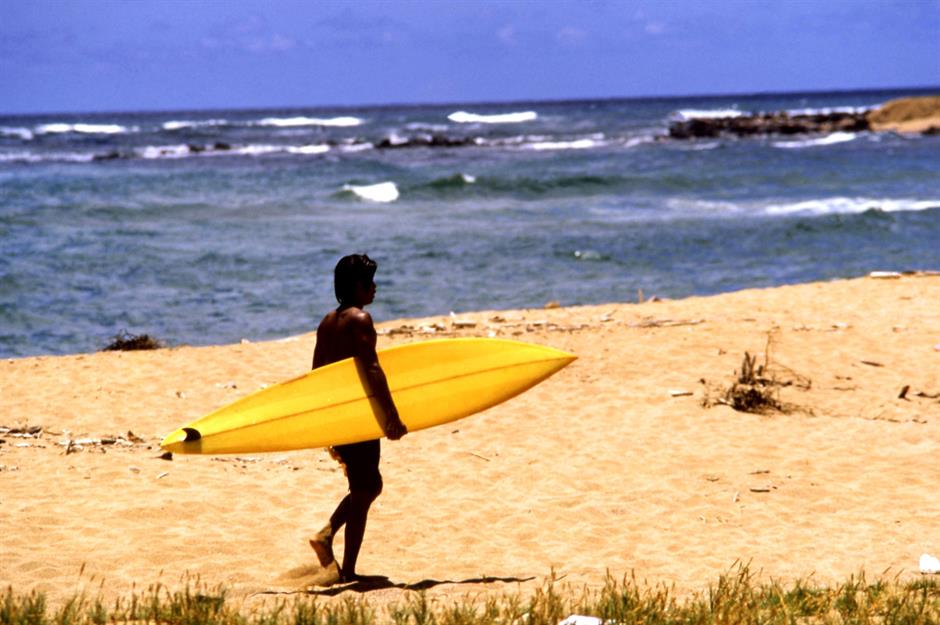
As surfing performance progressed, more enthusiasts wanted a board that could help them surf the vertical face of the wave. In Hawaii and Australia, they began experimenting with shorter boards. By 1971, the average surfboard had dropped from 9ft 6in (2.9m) in length to 6ft 6in (2m, pictured), allowing riders to change direction quickly and carve swooping arcs across the face of the wave. It transformed the sport forever, ushering in a new, vigorous style of surfing.
1969: Invention of the surfboard leash
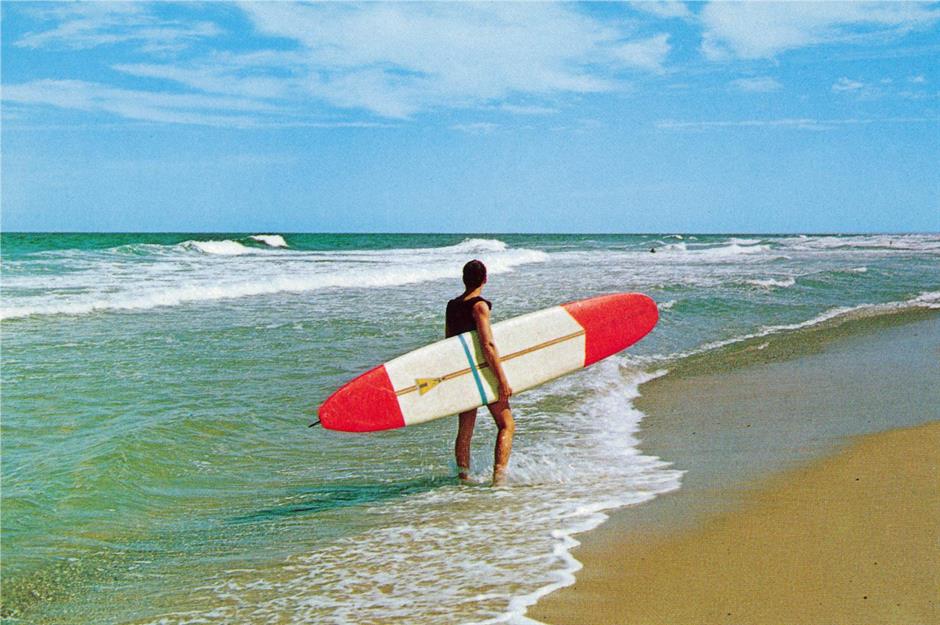
1971: The Pipeline Masters competition, Hawaii
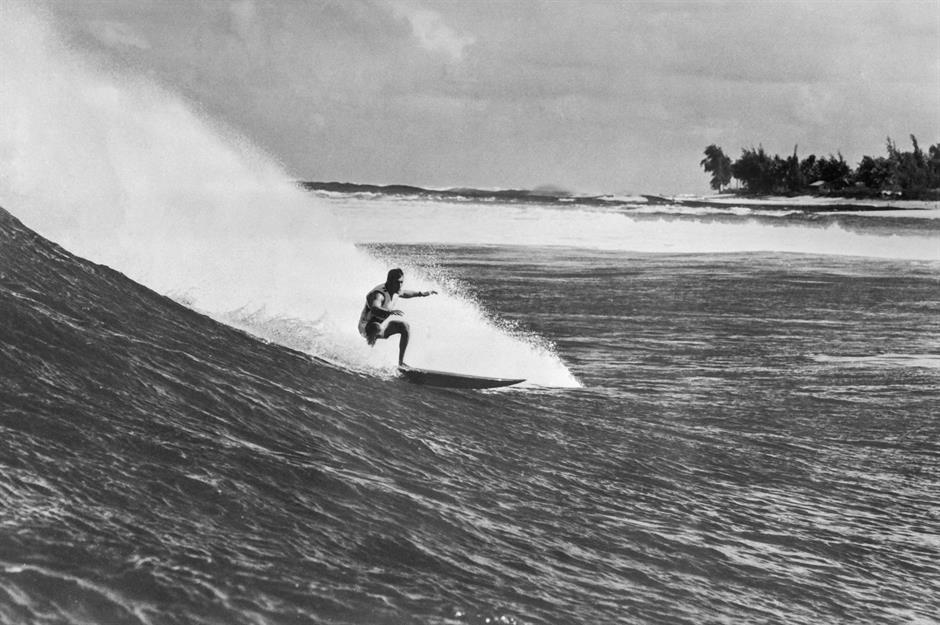
1973: The Aikau brothers become famous
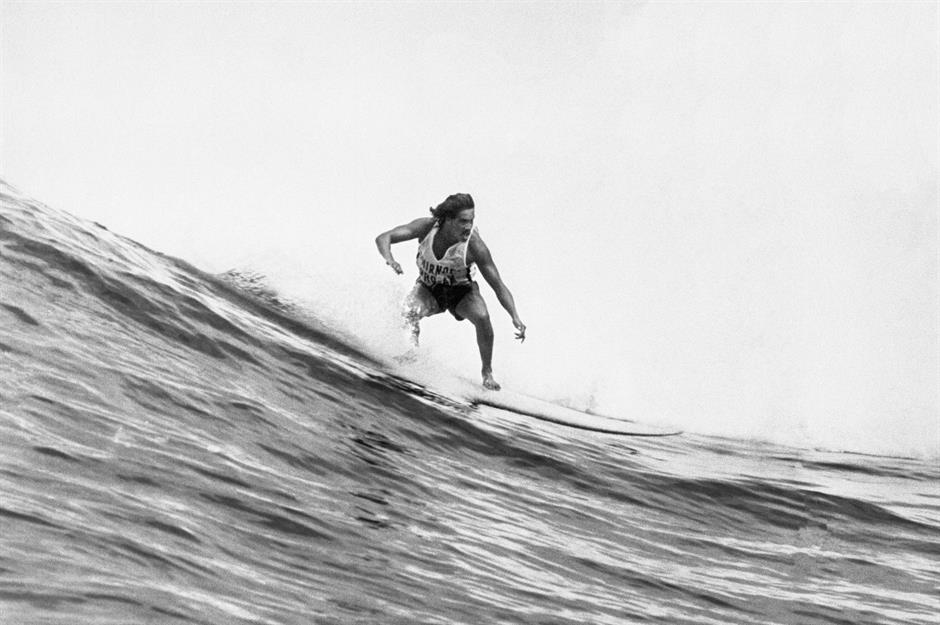
1982: The ASP is founded
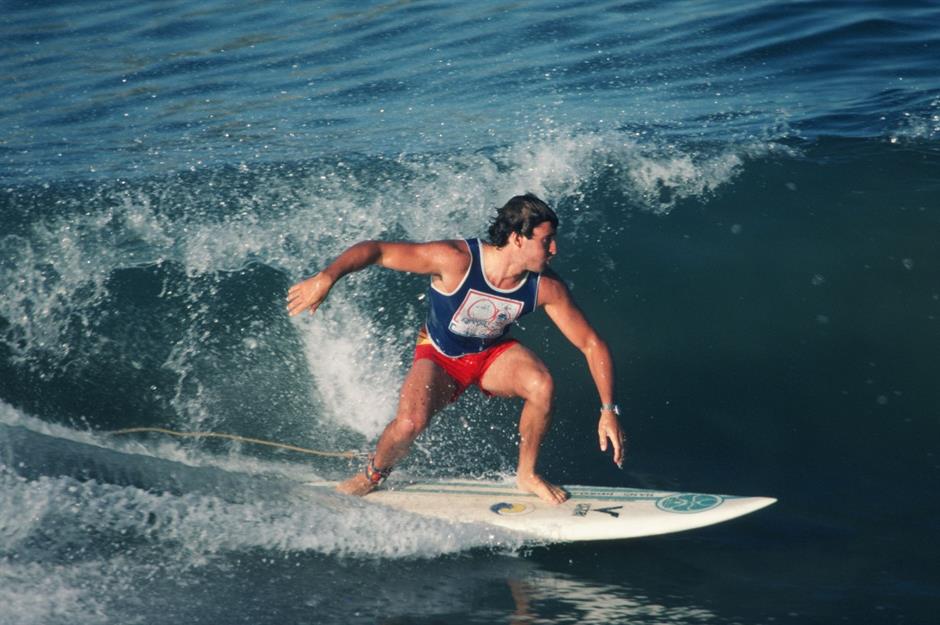
1991: Point Break is released
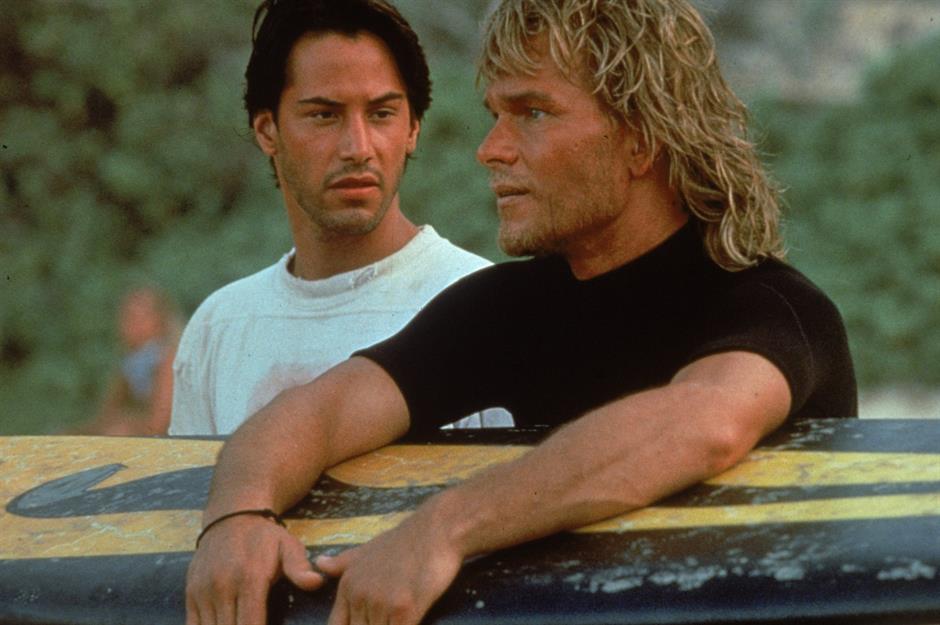
Surfing has proved to be an enduring theme in Hollywood and Kathryn Bigelow’s 1991 movie Point Break is a classic example. Starring Keanu Reeves and Patrick Swayze, it follows the story of an FBI agent as he tries to infiltrate a gang of surfer bank robbers. Darrick Doerner, a top big wave surfer, played Swayze’s stunt double; the actor even used some of Doerner’s character traits in his character, Bodhi.
1994: Lisa Andersen makes waves
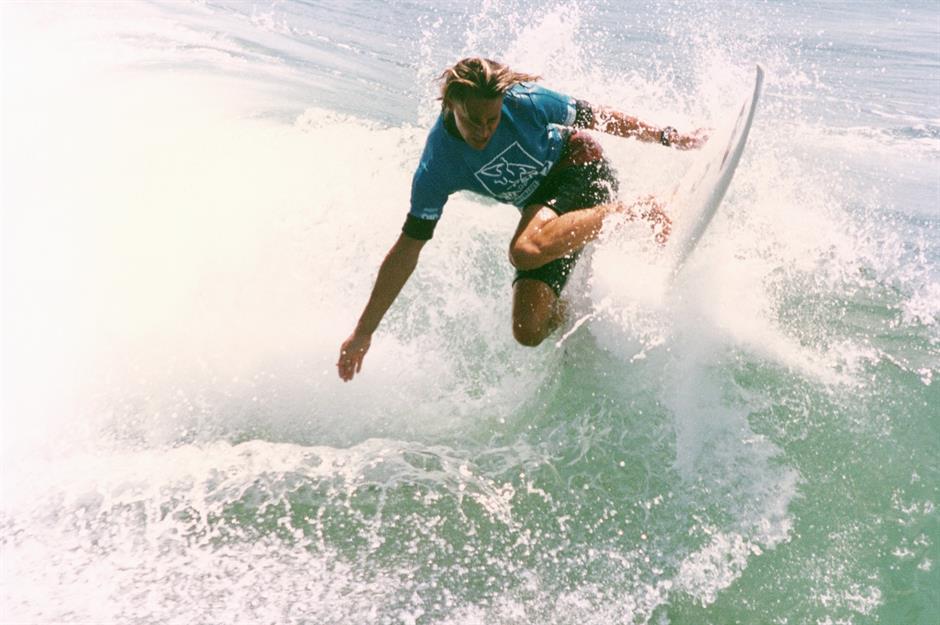
1995: Surfing gains Olympic recognition
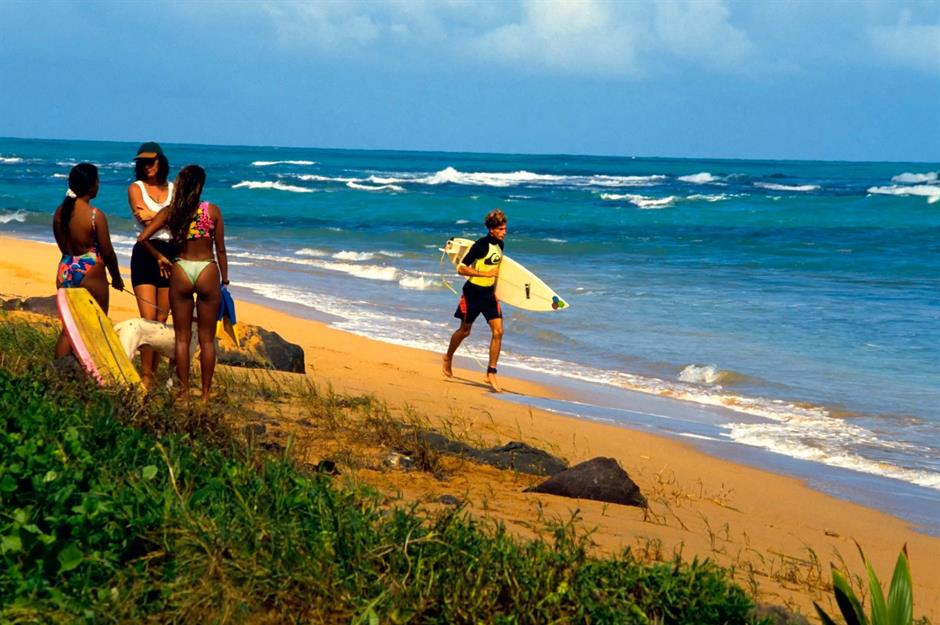
2011: Kelly Slater reigns supreme
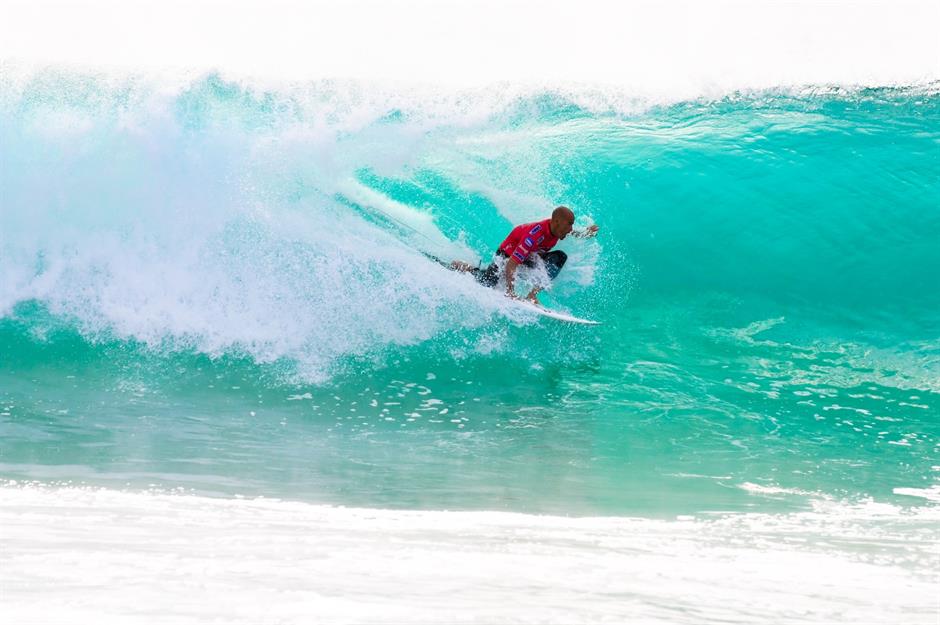
2016: Public wave pools open in the US
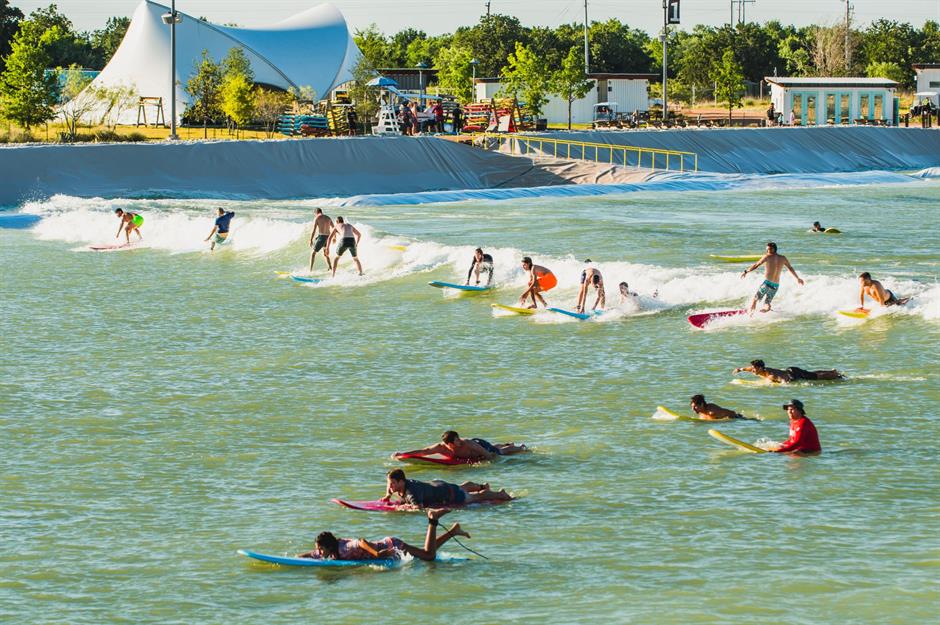
2019: Women gain equal prize money
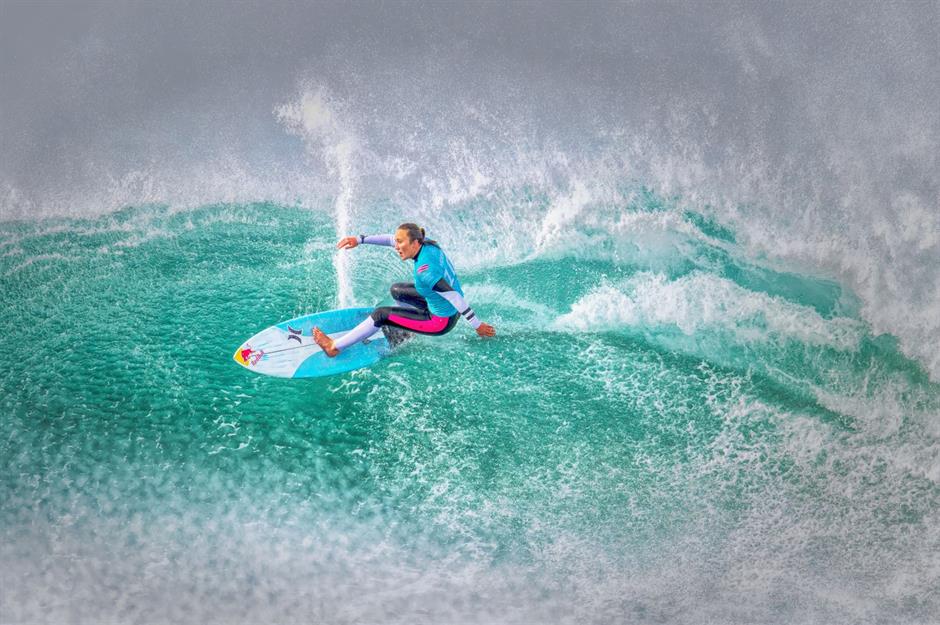
2020: Record-breaking waves
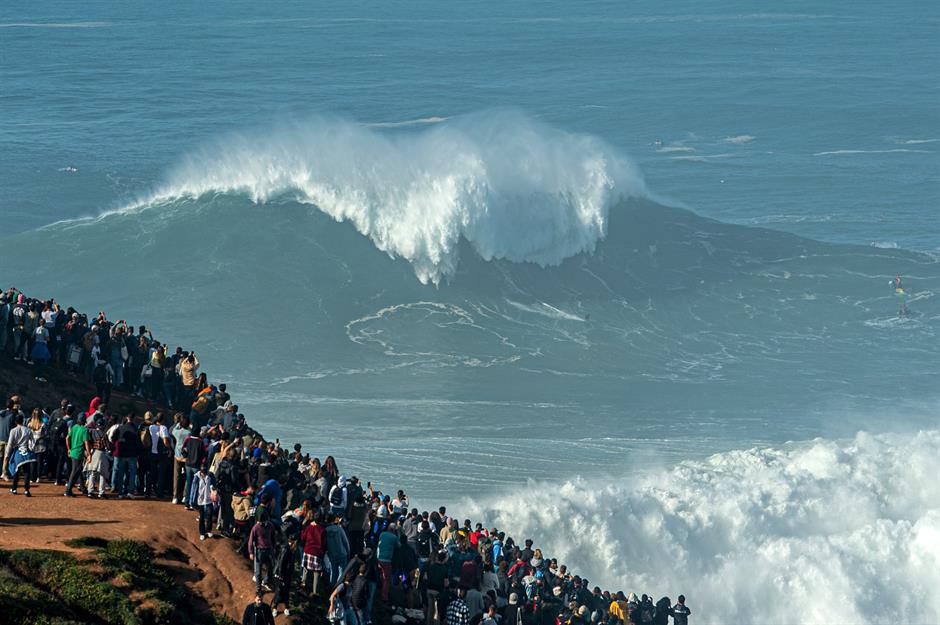
Jaws dropped in 2020 as German surfer Sebastian Steudtner broke the Guinness World Record for the largest wave ever surfed – 86 foot (26m) – at Praia do Norte, Nazaré in Portugal (pictured). He beat the previous record of 80 foot (24m), claimed by Rodrigo Koxa in 2017. By comparison, the largest wave ever surfed in the US was a 77-foot (23m) giant by Mike Parsons at the Cortes Bank in the Pacific Ocean, 96 miles (154km) off Los Angeles.
2021: Olympics inclusion
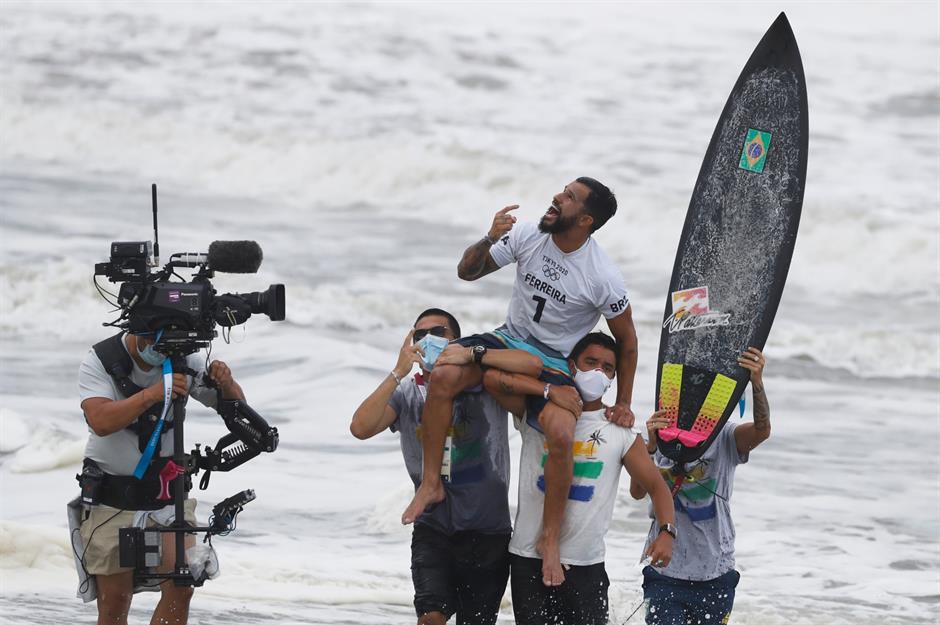
2022: Tech fuels the future
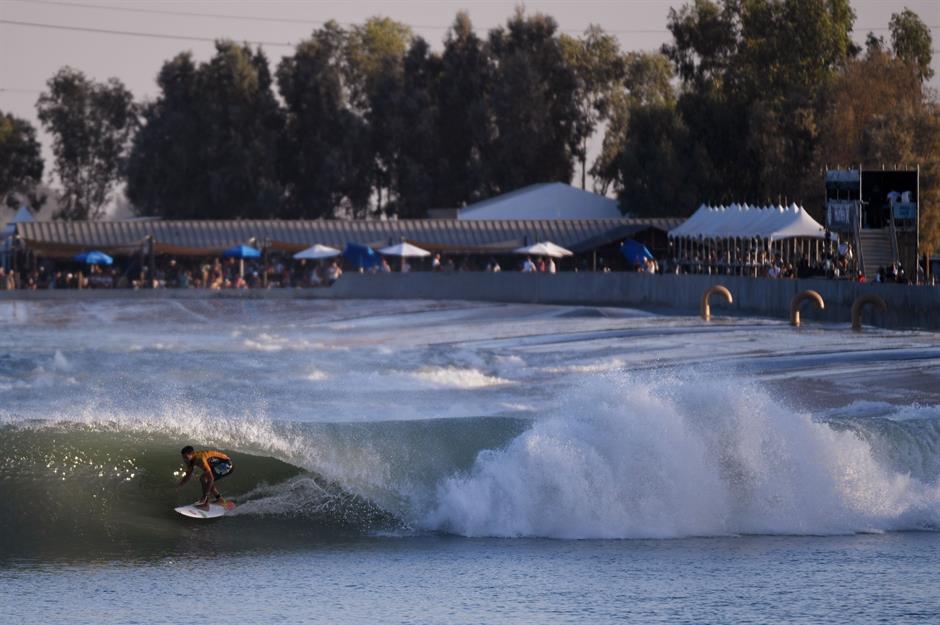
From its humble beginnings, surfing has transformed into a lucrative, international industry. The US market alone was estimated to be worth $1.2 billion in 2021. More people are taking up the sport than ever before, with around 1.73 million people surfing in the US that same year. With artificial wave technology improving year-on-year, as shown in this photo of the landlocked Kelly Slater Surf Ranch, the trend is set to continue.
2023: America's top surfer eyes up home games
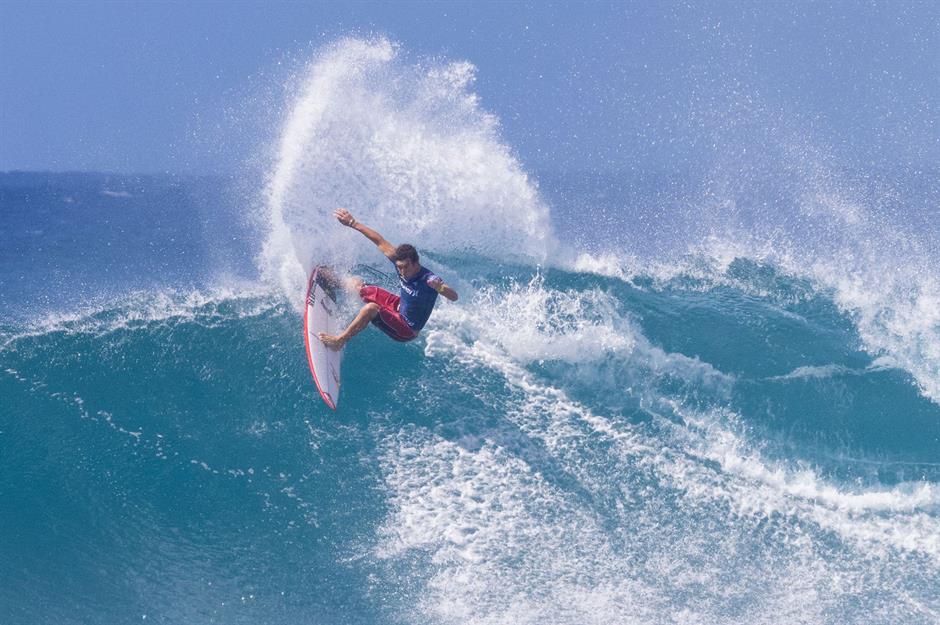
World number 5 and America's top seed Griffin Colapinto is already looking ahead to Los Angeles 2028. The 24-year-old was the first Californian to win the prestigious Vans Triple Crown of Surfing in 2017 and gained top spot in 2021's US Open. However, despite Paris 2024 up next, Colapinto has set his sights on the competition closer to home in five years' time. He told Olympics.com that he'll have a decent chance of success, saying: "By the time that comes in, I'll probably be in the prime of my surfing career, so my chances will be really good." He's pictured competing in the 2023 Hurley World Surf Pro at Sunset Beach, Oahu, Hawaii, where he came second.
Now check out these nostalgic images of American road trips from every decade
Comments
Do you want to comment on this article? You need to be signed in for this feature